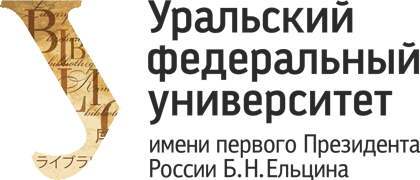Landrat Books: Characterising a Source and Its Potential
DOI:
https://doi.org/10.15826/qr.2021.1.577Keywords:
Landrat books, census of homesteads, Peter the Great, Landrats, capitation census, fairytales, gentryAbstract
This article considers Landrat books compiled between 1715 and 1720, which contain the results of the last census of homesteads carried out by the Russian state. Even though a comprehensive study of the Landrat books has not been conducted, scepticism prevails when it comes to the reliability of their results. The author argues that there are no grounds for such scholarly scepticism. The materials of the Landrat census have great potential. The reason for distrust of the Landrat data is that they are often compared with the 1710 census, which was badly conducted. Historians also often point out that the transition to the poll tax was caused by the authorities’ lack of confidence in the work of the Landrats. However, this was not the case. This transition was due to the fact that the 1715–1720 census made it clear to the government that it had to change the principle and methods of tax collection (to increase taxes). The article focuses on the potential of the Landrat books as a valuable historical source. Particular attention is paid to social and economic information. The author refers to the Landrat book of Tula. As a result, the article concludes that, regardless of the extent to which the Landrat books may be considered complete and accurate, they reflect real socio-economic processes taking place in Russia under Peter the Great. The practical purpose of the Landrat books is very significant; although these documents were not dedicated specifically to the service population, they inevitably tell the story of this large social group; also, they contain a lot of data on the history of the Russian nobility. As a result, the Landrat censuses, together with “fairytales,” register extracts, and other documents of this kind, can help recreate the overall picture of important changes in the lives of the provincial service elite in the time of Peter the Great.










